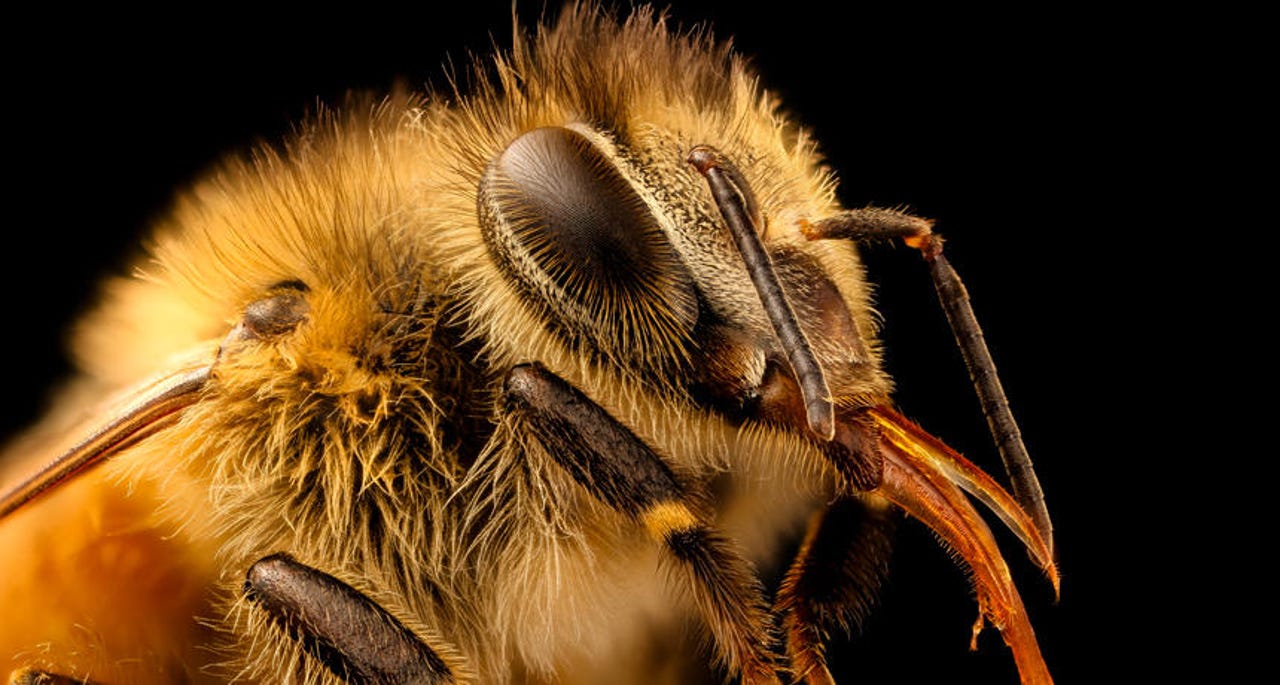Buzzworthy: How IoT and satellites are helping save bees


My mom is a beekeeper, so colony collapse and hive health are unusually common topics of informal conversation whenever we get together. If you aren't aware, bees are disappearing at alarming rates, which has put the entire food-production pipeline in jeopardy. In recent years, U.S. commercial beekeepers alone report declines of 38% in colonies.
That's bad news given that bees contribute an estimated $174 billion to the global agri-food industry annually. In fact, one third of all food consumed worldwide depends on pollinators, primarily honeybees. The honeybee industry itself is massive, with an estimated 91 million managed beehives worldwide.
Among the many solutions being tried to stem losses, IoT and satellite communications are playing a role. ApisProtect, an Irish agritech innovator, has created an Internet of Things (IoT) device to monitor the health of honey bees. Designed for commercial beekeepers, the sensor unit, called the ApisMonitor, attaches to the underside of the hive's roof, where it collects data and sends it to the ApisProtect servers.
"ApisProtect will provide beekeepers with actionable insights that will brief them on the condition of their hives, identify problem colonies and suggest a variety of actions to keep their colonies healthy and prevent losses, providing a 24/7 early warning system," says Dr Fiona Edwards Murphy, Co-founder and CEO of ApisProtect. "This also enables them to make earlier interventions in the event of a problem, leading to reduced costs."
Dr. Murphy's company just announced a collaboration with Inmarsat, a world leader in global, mobile satellite communications. The collaboration aims to develop a globally scalable IoT solution for connected apiaries, to help stem the significant decline of bee populations and increase crop production worldwide.
Via the partnership, the ApisMonitor Unit will connect to an analytics platform optimized for measuring honey bee health via Inmarsat's Long Range Wide Area Network (LoRaWAN) and Broadband Global Area Network (BGAN) connectivity. Data collected will be fed into a machine learning algorithm for early detection and mitigation of bee health issues, leveraging scale to recognize colony collapse as it's happening, hopefully leading to remediation.
The companies are currently demonstrating the effectiveness of the data collection and analysis system across diverse climates and bee species ahead of a commercial launch in late 2019.
"Many hives are situated in remote locations globally and we needed a partner who could support our project with Industrial IoT expertise and a variety of connectivity technologies," says Murphy. "Inmarsat is delivering highly reliable hybrid satellite/cellular and LoRaWAN technologies to ensure that we can provide services to beekeepers no matter how remote their location. Additionally the mobile nature of Inmarsat's services mean that if hives need to be moved for pollination purposes, we can still continue to deliver hive data with minimal disruption."
My mom, who practices organic beekeeping and believes many of the commercial pollination and farming practices have contributed to declining colony health, probably won't be putting sensors in her hives anytime soon, but the availability of detailed information about what happens to honeybee colonies prior to hive loss has been sorely missing. Technology, hopefully, will help bring some big data insights to a very big problem.